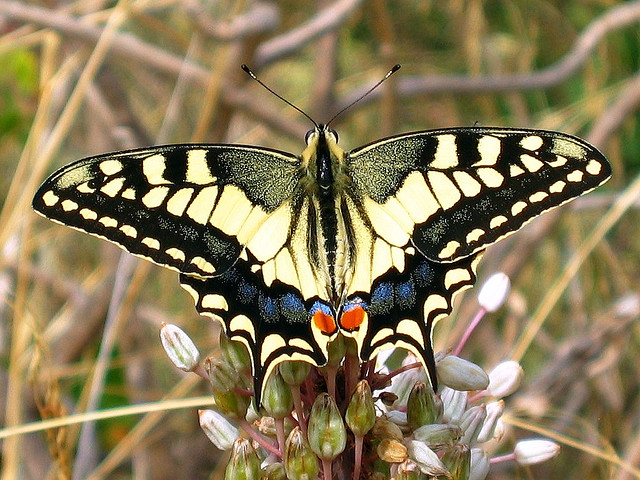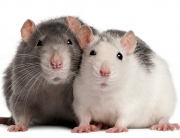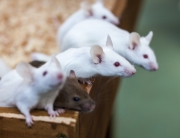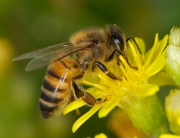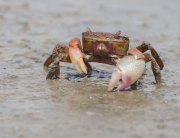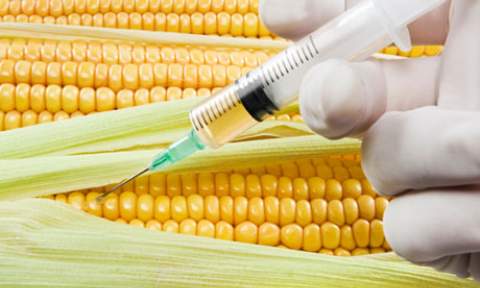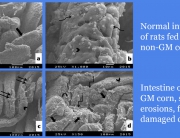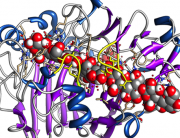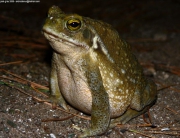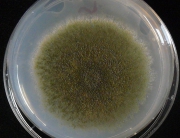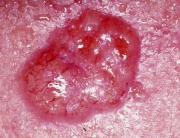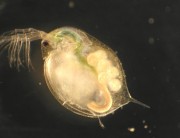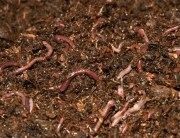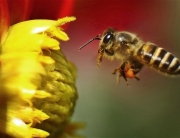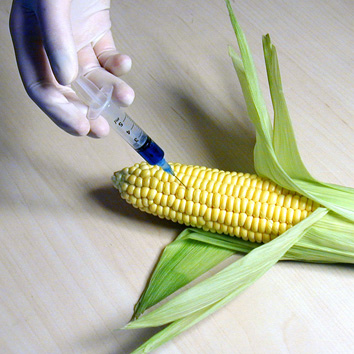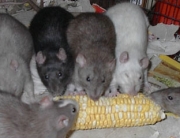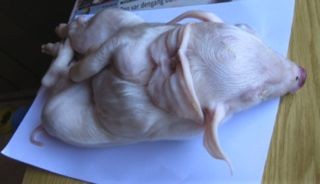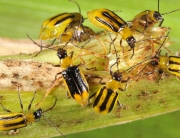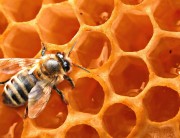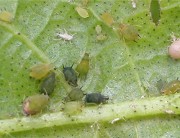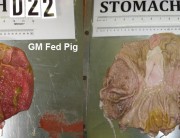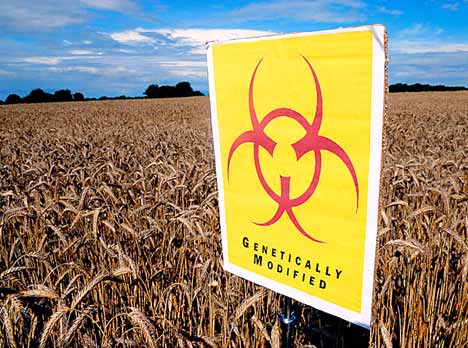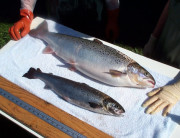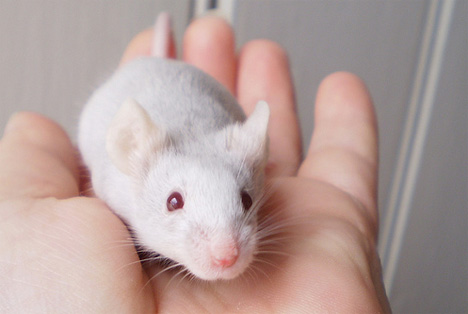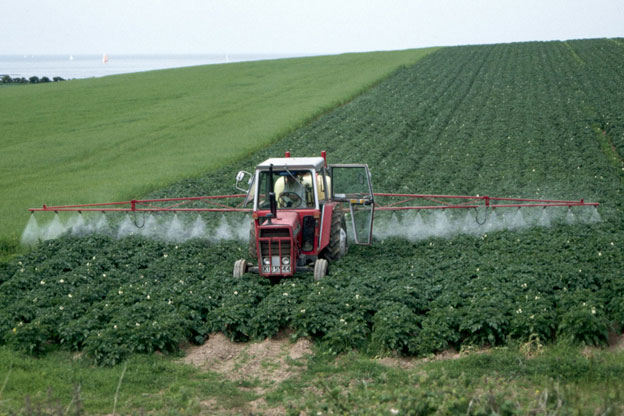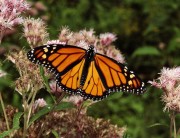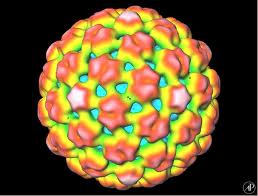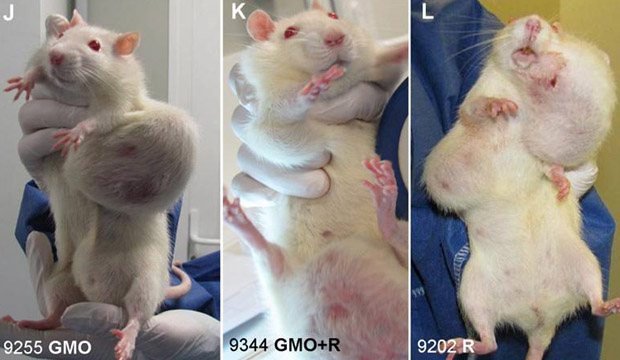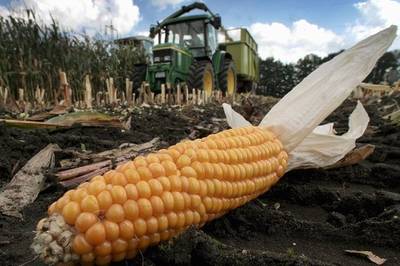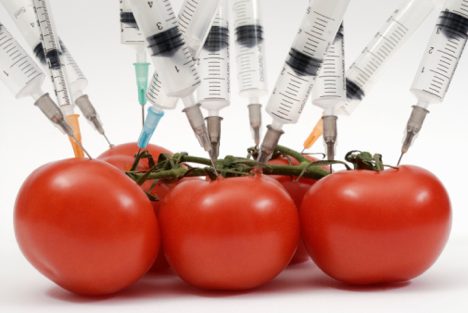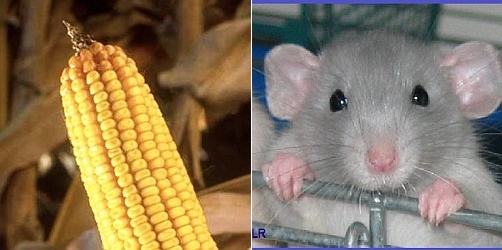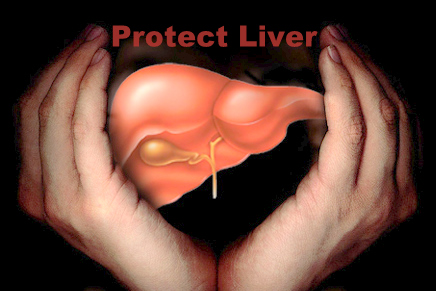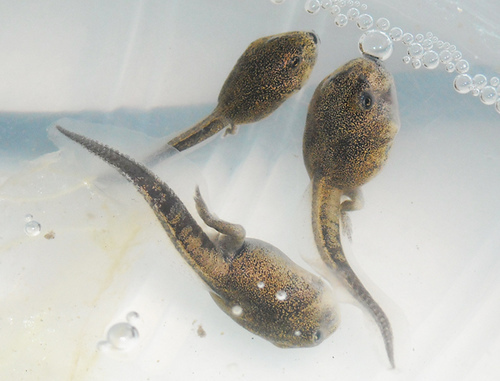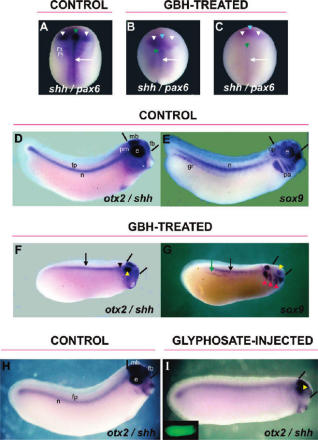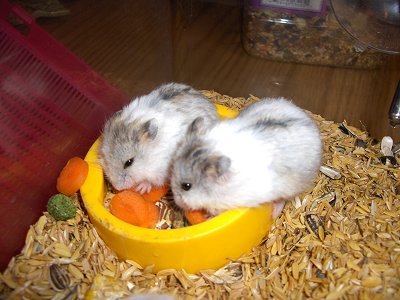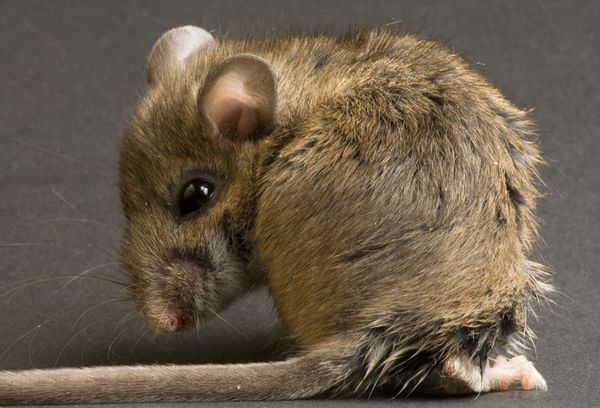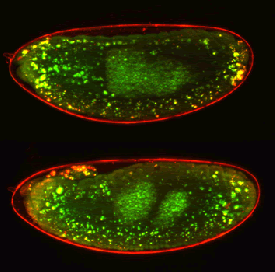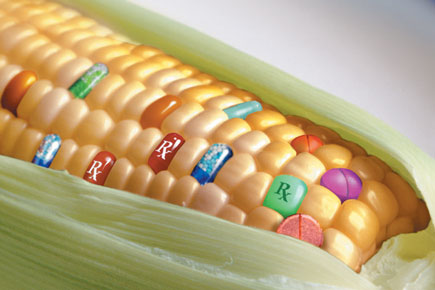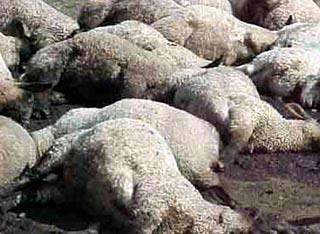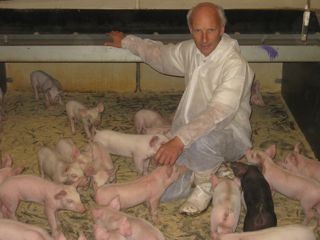In this European study uptake of Bt maize pollen by European common swallowtail butterflies led to a reduced plant consumption, to a lower body weight, and to a longer development time of larvae. Effects on pupal weight and duration of the pupal period were present but less pronounced and smaller than effects on larvae. Larvae having consumed Bt-maize pollen as first instars had a lower body weight as adult females and smaller forewings as adult males.
Source: stopogm.net
Abstract
Effects of exposure to maize pollen of event Bt176 (cultivar ‘‘Navares’’) on the larvae of the European common swallowtail (Papilio machaon L.) were studied in the laboratory. First instar larvae were exposed to different pollen densities applied to leaf disks of Pastinaca sativa L. for 48 h. Pollen densities applied in this study were in the range recorded from the field. Larvae which were exposed to higher Bt maize pollen densities consumed more pollen and had a lower survival rate. The LD50 with regard to larvae surviving to adulthood was 13.72 pollen grains consumed by firstinstar larva. Uptake of Bt maize pollen led to a reduced plant consumption, to a lower body weight, and to a longer development time of larvae. Effects on pupal weight and duration of the pupal period were present but less pronounced and smaller than effects on larvae. Larvae having consumed Bt-maize pollen as first instars had a lower body weight as adult females and smaller forewings as adult males. We conclude that possible effects of Bt maize on European butterflies and moths must be evaluated more rigorously before Bt maize should be cultivated over large areas.
Authors
Andreas Lang, Eva Vojtech





